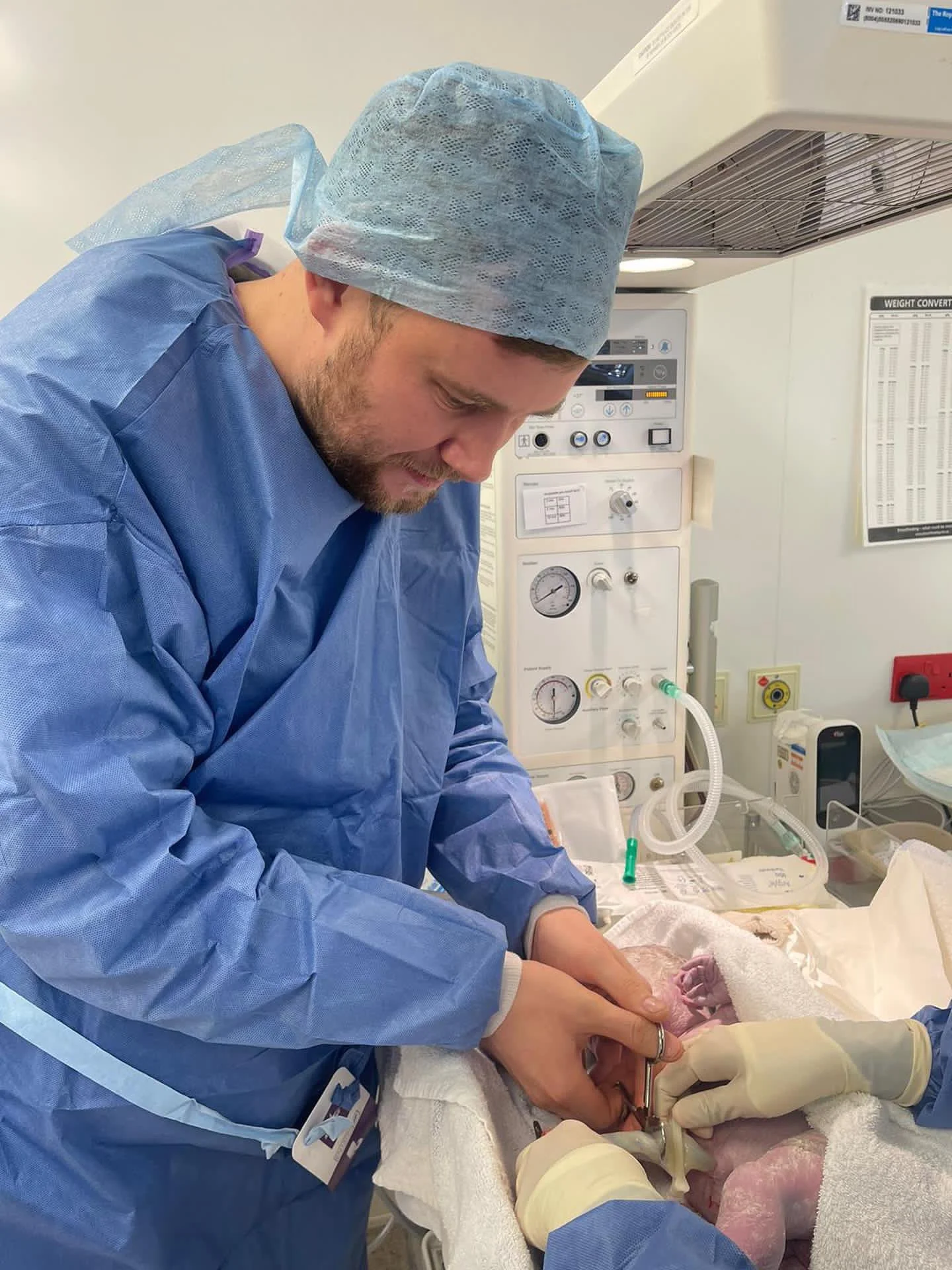Giving Birth Again After a C-Section
If you’ve had a C-Section before, the idea of giving birth again can bring a mix of hope, nerves and many questions. The good news is that many people go on to have healthy pregnancies and births after a C-Section. Whether you’re considering a vaginal birth or a planned repeat Caesarean, understanding your options can help you feel more informed and confident in your choices.
What to know about pregnancy after a C-Section
It’s absolutely possible to have a safe and healthy pregnancy after a C-Section. Many people do — some choosing vaginal birth and others opting for a planned repeat C-Section.
You might feel a mix of emotions this time around — hope for a different experience, fear of the unknown, or even pressure to make the “right” choice. All of these feelings are normal and valid.
What’s different this time?
Your care team may monitor your pregnancy more closely
Your birth options might depend on the type of scar and recovery you had
There may be more emphasis on planning ahead and making informed decisions
Understanding your body’s recovery and readiness
Before planning your next birth, it helps to understand how your body heals after a C-Section.
Uterine healing and scar integrity
The uterus goes through an intense healing process after a C-Section. One key factor your medical team will look at is the strength and placement of your scar, as this can affect your eligibility for vaginal birth.
Recommended wait time between pregnancies
It’s generally advised to wait 12 to 18 months after a C-Section before becoming pregnant again. This gives your body time to heal fully and reduces the risk of uterine rupture, a rare but serious complication.
How your previous birth may influence future care
Details like the reason for your last C-Section, type of incision and recovery experience will all help guide the care and recommendations for your next birth.
Exploring your birth options – VBAC or repeat C-Section
You typically have two options: VBAC (Vaginal Birth After Caesarean) or a planned repeat C-Section. Both can be safe depending on your individual circumstances.
What is VBAC and who is eligible?
VBAC is a vaginal birth following a previous C-Section. You may be eligible if:
You’ve had only one previous C-Section with a low transverse incision
Your current pregnancy is uncomplicated
Labour starts naturally and progresses safely
When a planned C-Section might be advised
Some situations make a repeat C-Section the safer choice. These include:
A vertical or ‘classical’ uterine scar
Multiple previous C-Sections
Complications like placenta previa or a baby in breech position
Shared decision-making with your care team
Midwives and obstetricians are there to guide you—not dictate to you. Ask questions, express your hopes, and make decisions together. You can also:
Include your preferences in your birth plan
Request access to a birth debrief if you had a difficult first experience
Discuss what will happen in different birth scenarios
Planning for a vaginal birth after C-Section (VBAC)
VBAC can be a positive and empowering experience—but like any birth, it’s important to be prepared.
Pros of VBAC:
Shorter recovery time
Lower risk of certain surgical complications
Opportunity for a different birth experience
Risks of VBAC:
Small risk of uterine rupture
May end in an unplanned C-Section
How to prepare physically and mentally
Join antenatal classes tailored for VBAC
Focus on pelvic floor and core strength
Practise mindfulness or hypnobirthing techniques
Stay active and mobile during pregnancy
Hospital policies and support (2025 updates)
Many NHS trusts now support VBAC with continuous monitoring, on-site surgical teams and midwife-led support. Always ask about your hospital’s current policies and what you can include in your birth plan.
Signs of complications and when VBAC may not be safe
During labour, your team will watch for:
Slowed progress or irregular contractions
Signs of distress in the baby
Unusual pain around your scar
In these cases, switching to a C-Section may be safest.
Preparing for a planned repeat C-Section
Choosing a planned C-Section doesn’t mean you can’t shape the experience.
How it differs from an emergency C-Section
You’ll have time to prepare mentally and emotionally
The theatre environment is calmer and more predictable
Your birth partner can be present and involved
Involving your midwife in planning
Your midwife can help you personalise your C-Section by:
Advocating for gentle lighting and music
Ensuring delayed cord clamping or skin-to-skin
Discussing your recovery preferences and questions
Options for gentle or family-centred C-Sections
Some hospitals now offer:
Clear drapes so you can see your baby’s birth
Skin-to-skin contact in theatre
Partner-assisted delivery or cutting the cord
Examples in real life from the CSUK community
Tips for recovery and bonding
Stay on top of pain relief
Accept help from family or friends
Use pillows for feeding and moving comfortably
Prioritise skin-to-skin and closeness early on where possible
Emotional wellbeing and confidence after a previous C-Section
Your second birth can bring up memories, emotions and even fears linked to your first.
Processing your first birth experience
Birth debriefs can help you make sense of what happened. Journaling or talking to a therapist may support your healing.
Fear of birth: how to talk about it with care providers
You can always speak openly about your fears. Midwives are trained to listen without judgement and help you plan a birth that feels safer and more supported this time.
Connecting with support groups or birth debrief services
You can look for VBAC or post C-Section groups online or locally, or ask your midwife about trauma-informed services in your area.
Tips for VBAC delivery after C-Section
1) Stay informed but trust your body
Understand the facts about VBAC, but remember—your body knows how to birth.
2) Surround yourself with supportive professionals
Choose a midwife and care team who are experienced in and supportive of VBAC.
3) Keep moving during labour
Freedom to move can support a smoother labour and better outcomes.
4) Write a flexible birth plan
Prepare for different scenarios, but include your hopes and wishes.
5) Know your worth
You deserve a birth that feels safe, supported and respected—no matter how it unfolds.
Your birth, your choice—and every birth journey is unique. What matters most is that you feel informed, respected and empowered. Whether you choose VBAC or a repeat C-Section, it’s not about proving anything—it’s about what feels right for you and your baby.
Midwife reminder: You’re not starting from scratch—you’re building on experience. With the right support, your next birth can be healing, joyful and wholly your own.



